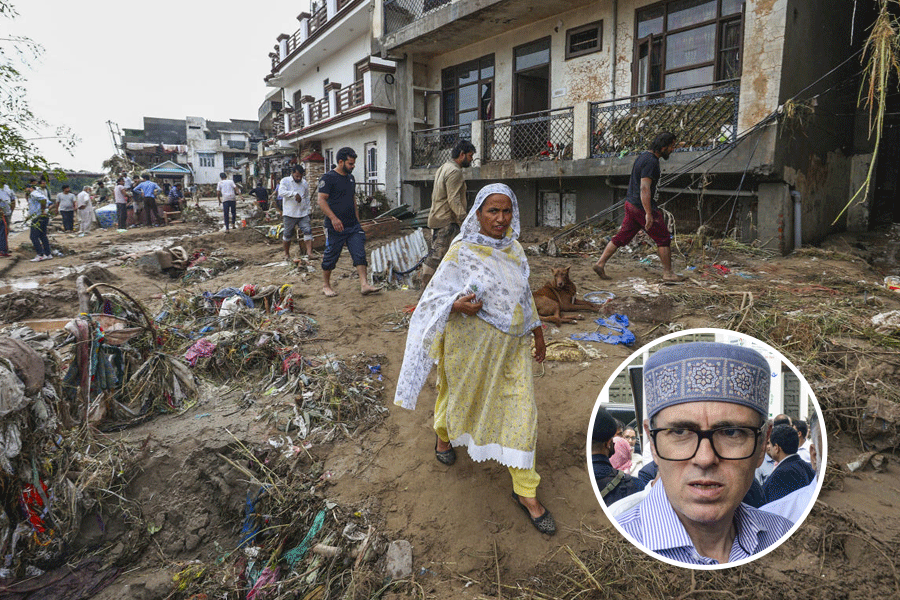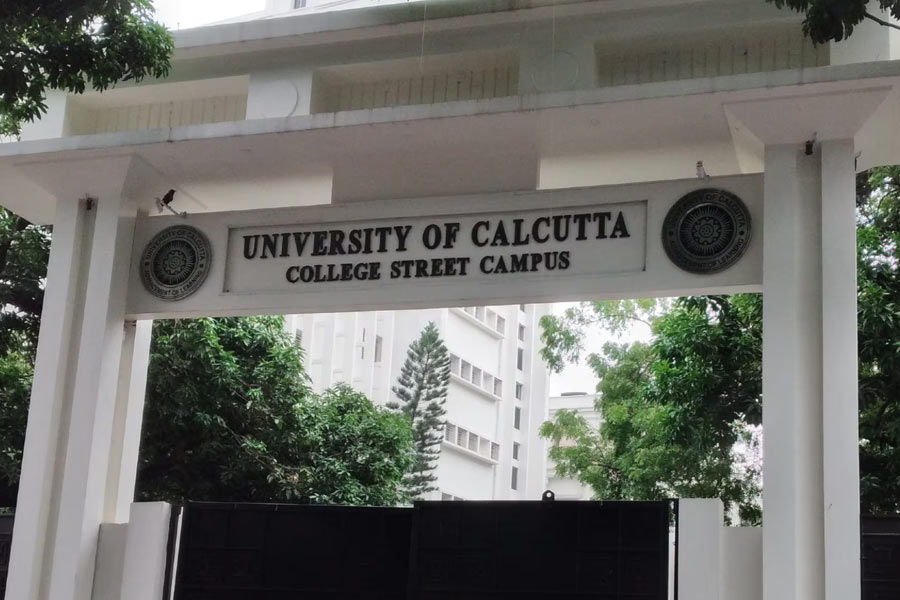 |
| Tryst with The past: Old-timers gather around the Second World War bunkers for a breath of fresh air and a whiff of the past. Picture by Srinivas |
Once they were Jamshedpur’s glory, but today they are neglected remnants of history.
Reinforced underground shelters at Karandih which were once used to safeguard soldiers during Second World War, are dilapidated without any effort at conservation. The remains of these bunkers are now the meeting spots for the elderly during mornings and evenings to recall their childhood, when armed forces would shoot at the enemy planes from these hideouts.
At Karandih, there were 30-40 bunkers when the war was at its peak. Only three or four survive.
For Digamber Hansda, a reputed Santhali scholar and former principal of Lal Bahadur Shastri memorial College, these bunkers are not merely hideouts but are loaded with history. Therefore, they must be preserved for generations to come.
“This is the most appropriate place for viewing the entire city. Perhaps that is why the British chose it to attack enemy corps. In my childhood, I had seen the armed forced using the bunkers. Some of them stored food grains, others stored arms and the rest were used by soldiers to stay,” Hansda said.
The elderly scholar said that the military used to attack enemy planes through air balloons. “In those days, fighter planes would fly at lower heights. So the soldiers in the bunkers were able to spot them. They flew air balloons to obstruct the enemy plane,” he said.
Enemy soldiers who were caught were imprisoned at Ghagidih Camp Jail — the old name of the Ghagidih Jail — for some time and were transferred to other jails of the country.
But without conservation, these bunkers were ravaged by some residents. “People stole bricks from bunkers to make strong walls for houses,” said Laxman Oraon, a resident.
“This place is special, since we have seen these bunkers since childhood,” said Rajendra Banerjee, a sexagenarian.
“I strongly feel that the Indian government should take the responsibility for the upkeep of this place because the bunkers are historically significant,” said Hansdah. However, secretary of the department of arts, culture and youth affairs, Ravi Shanker Verma, was not available for his comments.










